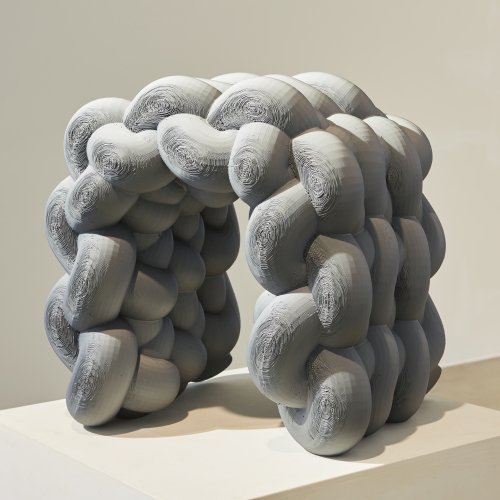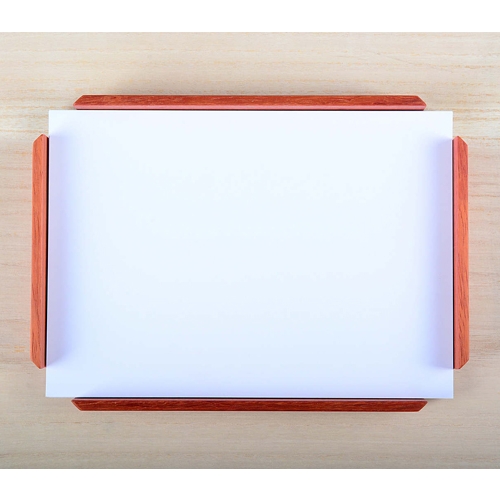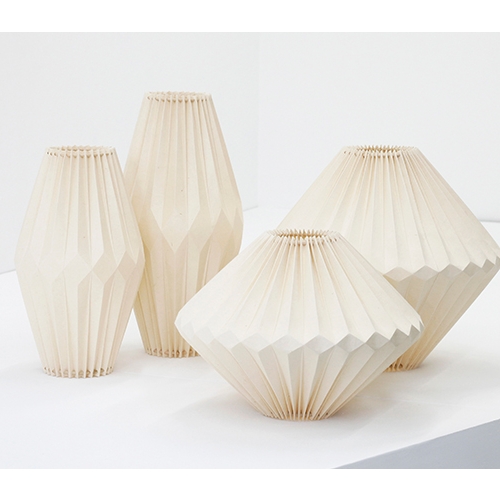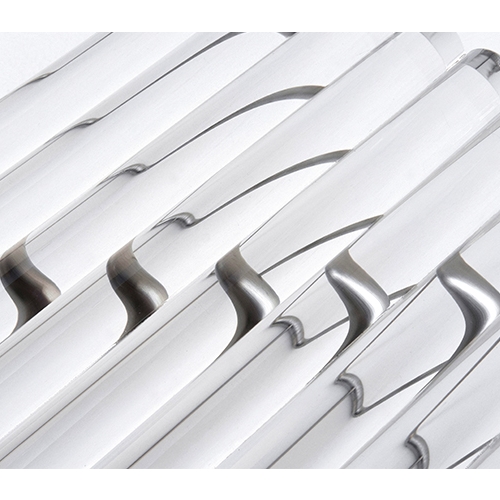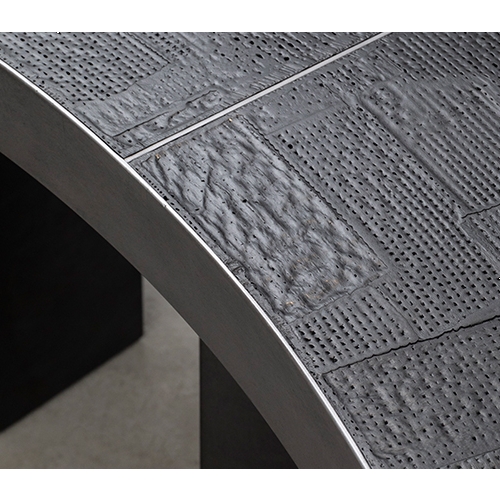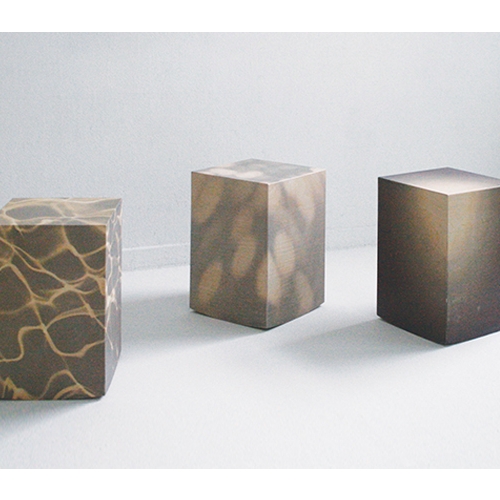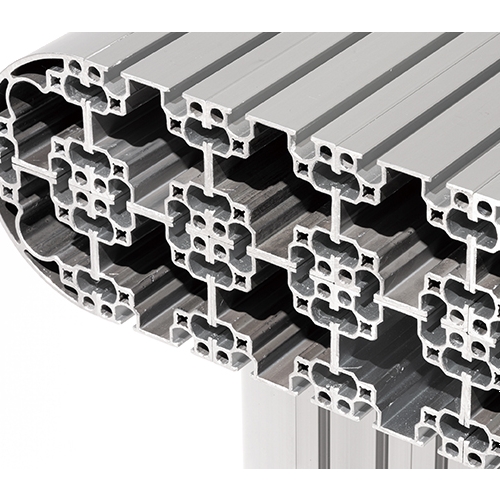The sizes and forms of furniture are generally determined according to the physical measurements of a person, the scope of their movement, and the objects it must contain. These standards, derived from ergonomic and rational calculations, have become paradigmatic measurements for designers and therefore the agreed norm. Meanwhile, Lee Sisan employs the static nature of stone instead of manmade standards to construct furniture anew. By using stones gathered from rivers and mountains, found in their natural state, he transforms them into elements of furniture. During the interview, he used the terms ‘discover’ and ‘seek out’ instead of ‘create’. I met with Lee Sisan, who continues to work on Proportion of stone series by assembling natural stone and stainless steel.
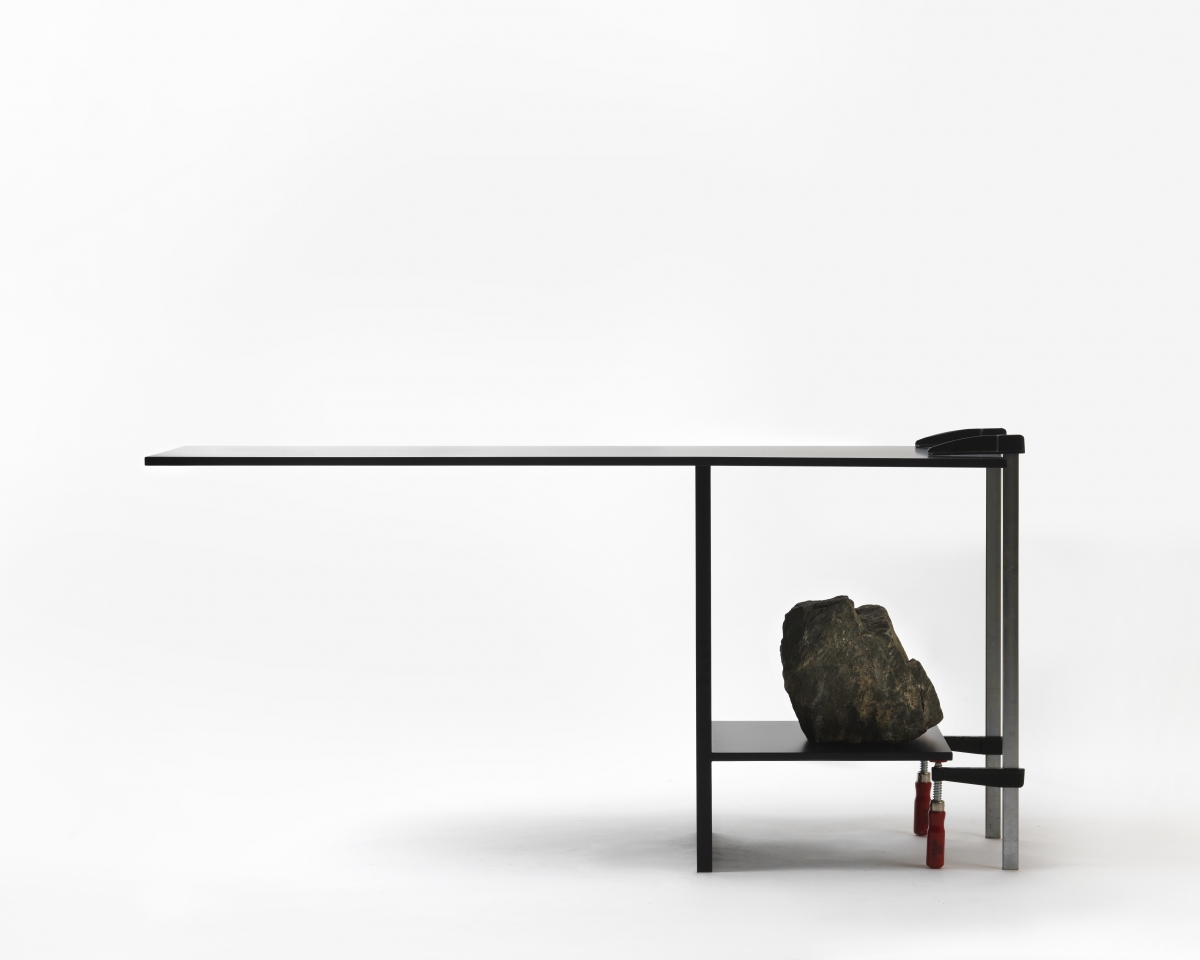
Lee Sisan, Balance, Powder coated on iron plate, clamp, natural stone, 1300×450×650mm, 2019 (ⓒKwon Bokju)
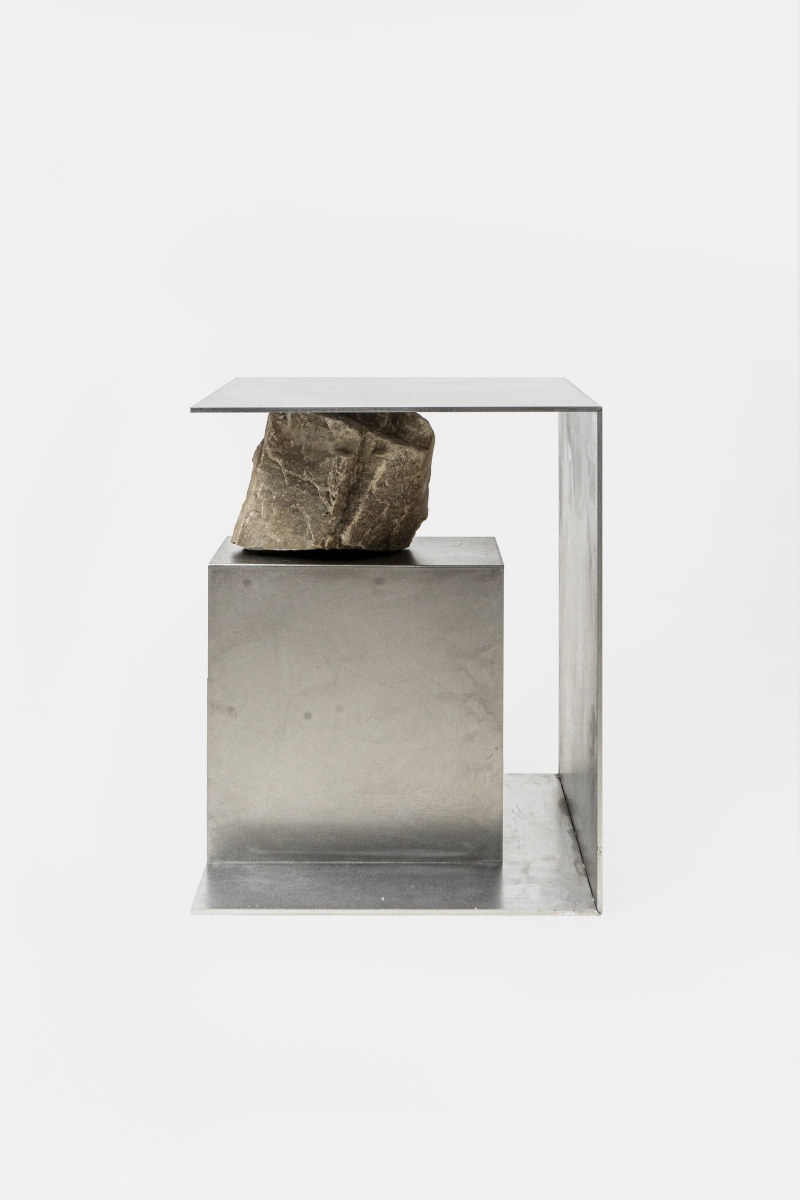
Lee Sisan, Stool (Proportion of stone), Stainless steel vibration finish, natural stone, 360×360×450mm, 2019 (ⓒHan Ho)
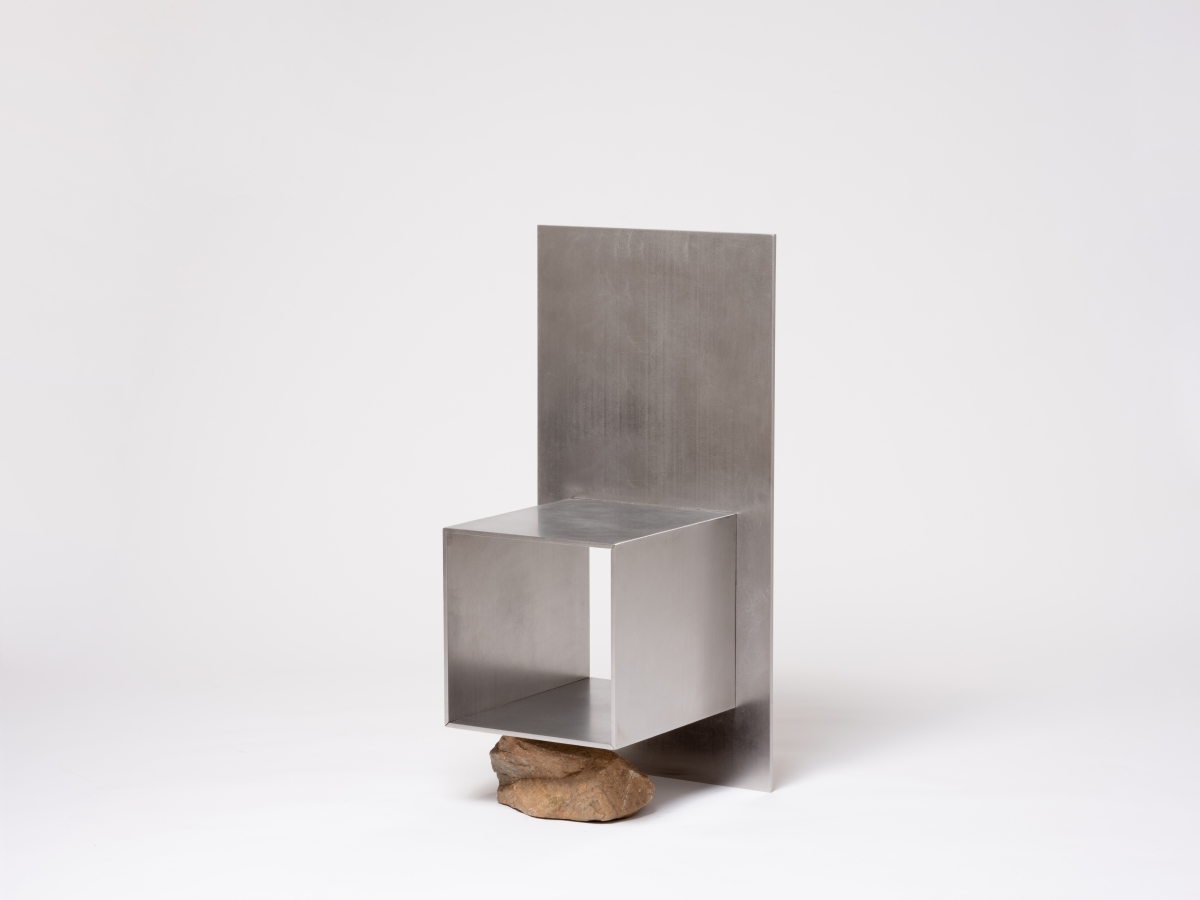 Lee Sisan, Chair (Proportion of stone), Stainless steel vibration finish, natural stone, 450×410×900mm, 2019 (ⓒPark Yoon)
Lee Sisan, Chair (Proportion of stone), Stainless steel vibration finish, natural stone, 450×410×900mm, 2019 (ⓒPark Yoon)
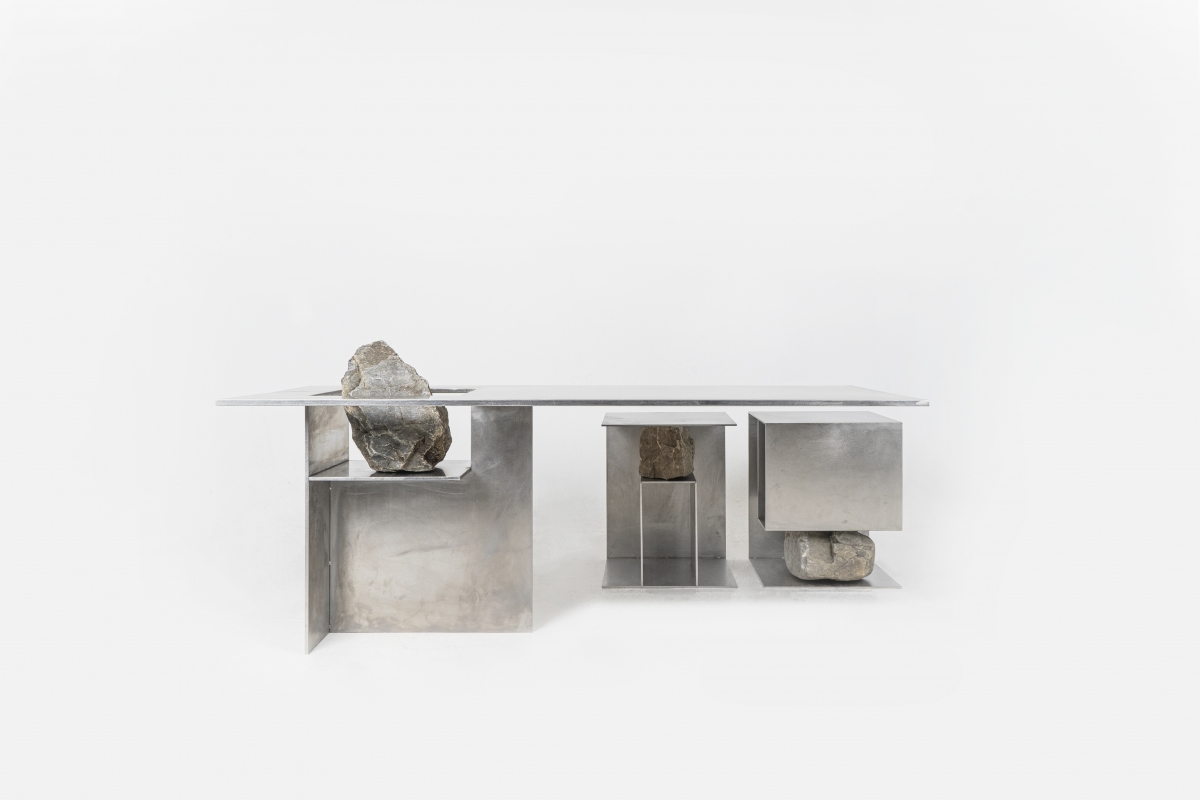
Lee Sisan, Proportion of stone series, Stainless steel vibration finish, natural stone, various size, 2019 (ⓒHan Ho)
Interview Lee Sisan × Choi Eunhwa
Choi Eunhwa (Choi): Stone features repeatedly throughout your work. Have you always been interested in nature?
Lee Sisan (Lee): I am currently based in Chungju where rivers and mountains are everywhere visible. I came to enjoy freshwater fishing as a hobby. While the places in which I fish may change, there are always stones, wherever it may be, and I found it intriguing that each stone I discovered each had a different form and texture.
Choi: Using stones to appreciate but also to design furniture are two entirely different challenges.
Lee: Stones naturally fall out of the land, hence their form and size is determined according to the natural environment. This creates a product with a set of dimensions inimitable by man. I predicted that using the form and proportions of stones to determine the measurements of furniture might create a new significance that differs from mass manufactured products today. Also, I thought that it would be possible to make a unique piece of furniture by using stones that each have their own individual characteristics.
Choi: How do you determine the measurements of the furniture by using founded natural objects as a standard?
Lee: The general process of designing furniture involves first determining the form, and then deciding the specific measurements, but my process often works in the reverse. I determine the size and height of the remaining materials according to the measurements of the stone. For example, for the chairs, stone and storage space compose the underside of the seat, and the taller the stone, the lower the storage space, and the smaller the stone, the taller and more spacious the storage space. As the height of the seat can be fixed to 450mm, the stone determines the sense of proportion of the length.
Choi: The choosing the stones must be quite a task.
Lee: From the moment I begin to plan the form of the furniture, I consider what kind of role the stone can play. At certain times, the stone was intended to play an important structural role, at others, I concentrate on its aesthetic effect. The design process also entails the determining of furniture measurements, and the appropriate scope of the size of a stone is also set according to these measurements. When designating stones, I arrange an array of pre-gathered stones and ultimately designate the most beautiful stone from among them.
Choi: ‘Beauty’ can mean different things to different people. What is a beautiful stone for you?
Lee: It’s hard to articulate this through a proposition-like sentence. I believe that it does not actually make sense to establish a standard for beauty. I work with personal thought and it probably relies a lot on my instincts.
Choi: If one were to use elements from nature as they are, it might be possible to compose furniture entirely from natural elements, yet you combine them with industrial materials.
Lee: This was deliberately choreographed to highlight the stone. Proportion of stone series emphasised the beauty of un-treated stone through the contrast between this natural product, stone, and an industrial material, stainless steel. I deliberately picked stones with more irregular forms, and in contrast, the stainless steel was designed solely with basic shapes to create a clear contrast. Another work, Balance includes a clamp, yet the protagonist of the work is the stone. Tables are bound to fall over sideways without the steadying weight of a stone. The table can only be structurally stable if the stone is placed at its proper position. I wanted to visually accentuate this relationship and the drama of the stone through this act of placement.
Choi: It seems like a lot may depend on structure too, as the form, size and weight of the stone changes with each work.
Lee: Many of these structures incite a visual sense of tension. For example, the table made from a cantilever structure is composed by establishing at least a 1:1 equilibrium between the force upon the horizontally hung table top and the sustaining force of the vertically erect table legs. Here, I used a visual trick, where I emptied the inside of the tabletop, so that it would be lighter, while the table legs were full up. Even if the furniture manages to stand alone due to the force of equilibrium, it would fall over if one were to place another object on the tabletop, and it is at this instance that the stone steadies the structure with its weight. I used a 35kg stone on my most recent table. One can comfortably put books, a cellphone, cups, etc. on it to use.
Choi: Do you treat the stone thereafter?
Lee: When I first embarked upon these works, I would grind down one side of the stone with a grinder and pierce a hole through it. I personally didn’t really feel attached to the incense holders or vases I produced in such a fashion. At times, the stone would fracture while undergoing treatment, and each time I would reproach myself about whether this process was really worth the breakage of the stones. If the stones really required treatment, I could have just used marble at the outset. From that point on, I have used stones that come from nature in their natural form. The stones I use in the tables and chairs are simply placed or positioned without any post-treatment. For such reasons, some say that my work is a little too archaic, yet I believe it is right to use stones the way they are in their static state.
Choi: Your works brings to mind Lee Ufan’s Relatum.
Lee: It could give off such an impression considering that the composition of the materials is so similar. The work of Lee Ufan treats the relationship of two materials, iron and stone. While iron and stone may seem to be opposing elements, this is work which recognises the relationship of the two materials from the perspective that the fabrication of iron requires a partial inclusion of the elements of stone. My work focuses more on stone as a static material. Through the forms created by nature, I determined the measurements and function of the furniture, which also included the process of changing the actions of the user in accordance to this.
Choi: What kind of designer do you want to be?
Lee: First, I plan to continue developing the Proportion of stone series this year. I do not want to limit my career to that of a designer known for only working with stone. I wish to continue my line of furniture using diverse materials. Furthermore, in line with my original major in interior design, I wish to proceed with spatial works that embody my unique style.





